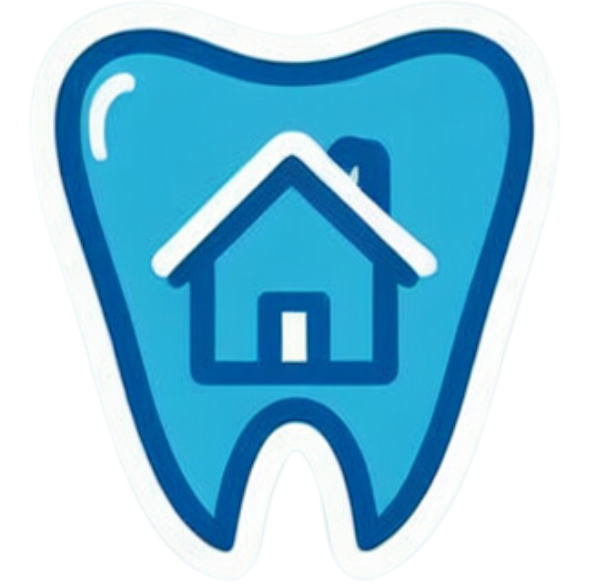Physician Loans vs. Conventional Mortgages
A Complete Guide for Dentists [2024]
Are you a dentist weighing your home financing options? Understanding the differences between physician loans and conventional mortgages is crucial for making the right choice. Let’s break down both options to help you make an informed decision for your unique situation.
Quick Comparison Table
| Features | Physician Loan | Conventional Mortgage |
|---|---|---|
| Down Payment | 0-10% | 3-20% |
| PMI Required | No | Yes (if under 20% down) |
| Student Loan Treatment | Often excluded | Included in DTI |
| Loan Limits | Up to $2M+ | $726,200 (2024 conforming) |
| Employment | Contract acceptable | Need pay history |
Key Differences Explained
1. Down Payment Requirements
Physician Loans:
- As low as 0% down payment
- Some lenders offer 100% financing
- 5-10% down for higher loan amounts
Conventional Mortgages:
- Typically 3-20% down payment
- 20% down preferred to avoid PMI
- Higher down payment often means better rates
2. Private Mortgage Insurance (PMI)
Physician Loans:
- No PMI required regardless of down payment
- Significant monthly savings
- Built-in cost offset in interest rate
Conventional Mortgages:
- PMI required with less than 20% down
- Monthly PMI costs range from $100-500+
- Can be removed once 20% equity reached
3. Student Loan Consideration
Physician Loans:
- Student loans often excluded from DTI
- Income-based repayment plans accepted
- More flexible debt ratio requirements
Conventional Mortgages:
- Full student loan payment included in DTI
- May limit borrowing power significantly
- Stricter debt ratio requirements
4. Loan Limits
Physician Loans:
- Higher loan amounts available
- Often up to $1.5-2 million+
- Jumbo limits with minimal down payment
Conventional Mortgages:
- Conforming limits ($726,200 in 2024)
- Jumbo loans require larger down payments
- Stricter qualification for high loan amounts
When to Choose a Physician Loan
Consider a physician loan if you:
- Have limited savings for down payment
- Carry significant student loan debt
- Are early in your dental career
- Need a higher loan amount
- Want to avoid PMI
- Have an employment contract but haven’t started
When to Choose a Conventional Mortgage
A conventional mortgage might be better if you:
- Have 20% or more for down payment
- Have been practicing for several years
- Have limited student loan debt
- Want potentially lower interest rates
- Plan to purchase within conforming limits
Interest Rate Considerations
Physician Loans:
- Slightly higher rates (0.25-0.5% more)
- Offset by PMI savings
- Rate premium covers lender risk
Conventional Mortgages:
- Generally lower base rates
- Best rates with 20%+ down
- Rate increases with lower down payments
Qualification Requirements
Physician Loan Requirements:
- Dental degree (DDS/DMD)
- Credit score 700+ typically
- Valid dental license or contract
- Student loan documentation
- Proof of future income
Conventional Loan Requirements:
- Proven income history
- Credit score 620+ minimum
- Standard debt-to-income ratios
- Two years’ employment history
- Tax returns and W-2s
Making Your Decision
Consider these factors:
- Available down payment
- Student loan burden
- Career stage
- Desired loan amount
- Long-term financial goals
- Current interest rate environment
Next Steps
To make your best choice:
- Calculate total costs for both options
- Get quotes from multiple lenders
- Compare total monthly payments
- Consider future career plans
- Evaluate long-term financial impact
The Bottom Line
Both physician loans and conventional mortgages have their place in a dentist’s financial toolkit. Physician loans offer unique benefits for those early in their careers or with limited savings, while conventional mortgages might provide better terms for established practitioners with significant savings.
Ready to explore your mortgage options? Connect with our loan experts who specialize in both physician and conventional loans for dental professionals.
Disclaimer: Loan terms and availability vary by lender and market conditions. Contact specific lenders for current rates and programs.

